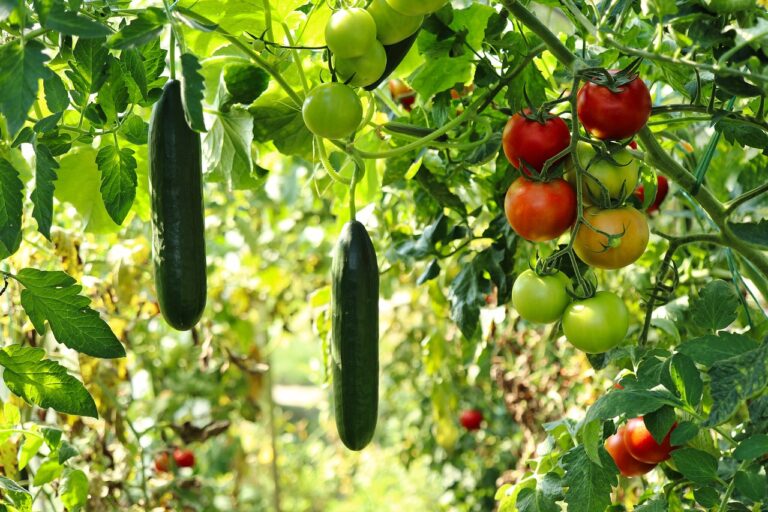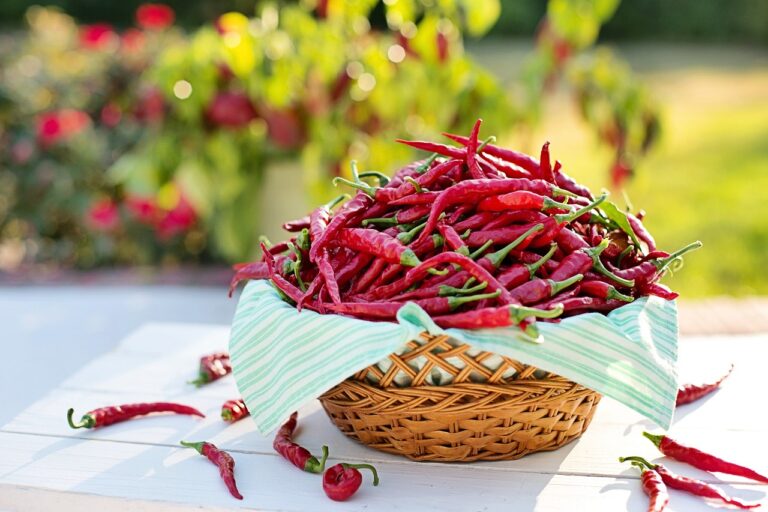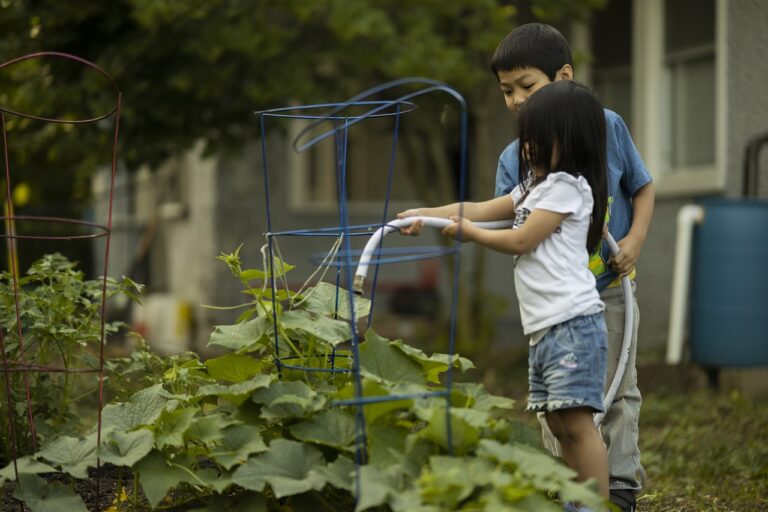Shade Plants: The Perfect Solution for Dark Spaces
Landscaping can be challenging in areas with limited sunlight, but shade plants offer a solution. These resilient plants thrive in low-light conditions, adding beauty and vibrancy to even the darkest corners. Whether you have a north-facing yard or a shaded garden, you’ll find the perfect plants to brighten up your space.
Types of Shade Plants
Shade plants come in a variety of shapes, sizes, and colors. Some popular types include:
– Hostas
Hostas are known for their large, showy leaves that range from variegated to solid green. They tolerate a wide range of light levels, making them ideal for partially shaded areas.
– Ferns
Ferns thrive in moist, shady environments. Their delicate foliage adds texture and interest to the landscape.
– Astilbes
Astilbes boast feathery plumes that bloom in midsummer. They prefer moist soil and will brighten up any shady spot with their vibrant flowers.
Benefits of Shade Plants
- Low Maintenance: Shade plants generally require less maintenance than sun-loving plants. They tolerate infrequent watering and are less susceptible to pests and diseases.
- Add Color and Interest: Shade plants bring color and beauty to shady areas that would otherwise be bare. Their foliage and flowers add a touch of elegance and tranquility.
- Enhance Privacy: Plants like hostas and ferns can create a natural privacy screen, blocking unwanted views and creating secluded spaces.
- Improve Soil Quality: Shade plants help improve soil structure and fertility by adding organic matter and suppressing weeds.
Choosing the Right Shade Plants
When selecting shade plants, consider the following factors:
- Light Availability: Determine the amount of sunlight your planting area receives. Some plants tolerate deep shade, while others prefer partial shade.
- Soil Conditions: Shade plants prefer moist, well-drained soil rich in organic matter.
- Size and Shape: Choose plants that complement the size and shape of your planting area. Consider their mature height and spread.
- Flowering Time: Plant a variety of shade plants with different flowering times to ensure year-round interest.
Tips for Growing Shade Plants
- Water Regularly: Shade plants prefer moist soil, but avoid overwatering. Water deeply when the soil feels dry to the touch.
- Mulch Heavily: Mulching around shade plants helps retain moisture, suppress weeds, and regulate soil temperature.
- Provide Support: Some tall or large-leaved plants may need staking or other support to prevent them from flopping over.
- Fertilize Lightly: Shade plants generally require less fertilizer than sun-loving plants. Fertilize sparingly in spring or fall.
Conclusion
Shade plants are an excellent choice for creating beautiful and inviting landscapes in areas with limited sunlight. They provide color, interest, and privacy while requiring less maintenance than sun-loving plants. By understanding the types of shade plants available, their benefits, and how to choose and care for them, you can transform even the shadiest spaces into thriving and vibrant gardens.
























